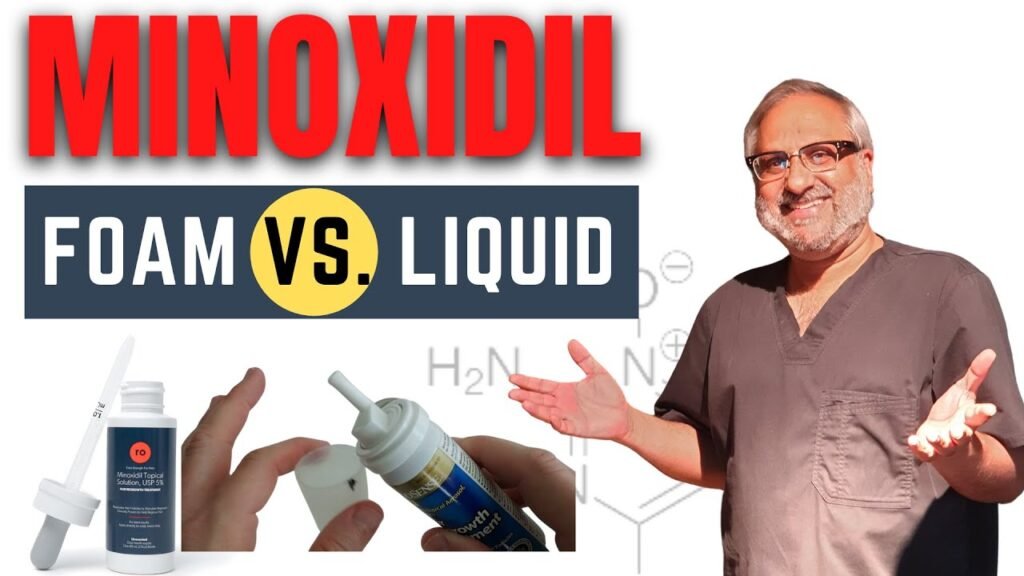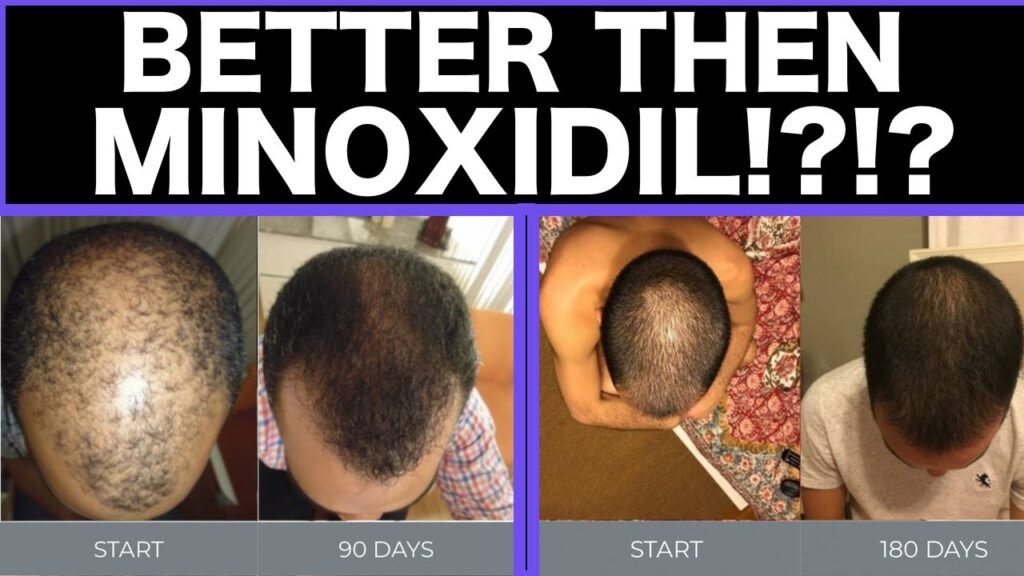Head-to-head comparison: Rogaine foam vs liquid
When it comes to treating hair loss, Rogaine offers two popular formulations: foam and liquid. Each has its own set of advantages and considerations, making it essential to understand the differences to choose the best option for your needs. Both forms contain the active ingredient minoxidil, which is clinically proven to promote hair regrowth, but they differ in application, user experience, and potential side effects.
Application and User Experience
The Rogaine foam is often praised for its ease of application. Users find it less messy compared to the liquid form, as it quickly absorbs into the scalp without leaving a greasy residue. This makes it a convenient choice for individuals with busy lifestyles who need a quick and straightforward solution. On the other hand, the Rogaine liquid requires a dropper for application, which can be more time-consuming and may result in a wetter, more noticeable residue. Some users appreciate the precision of the dropper, especially when targeting specific areas of the scalp.
Absorption and Effectiveness
Both formulations of Rogaine are effective, but they may suit different hair and scalp types. The foam version is designed to be quick-drying and is often recommended for individuals with shorter hair or those who prefer a lighter application. Its fast absorption means less chance of interference with hairstyling products. Conversely, the liquid formulation, while potentially messier, is sometimes favored by users with longer hair, as it can be easier to work through dense or thick hair. The liquid may also be preferred by those who have been using it long-term and are accustomed to its texture and application process.
Potential Side Effects
While both Rogaine foam and liquid have similar side effects due to their active ingredient, individual reactions can vary. The foam is often recommended for those with sensitive skin, as it contains fewer additives and is less likely to cause irritation. The liquid formulation includes propylene glycol, which can cause scalp irritation in some users. Its important to monitor your scalps response to either product and consult a healthcare professional if you experience any adverse reactions.


